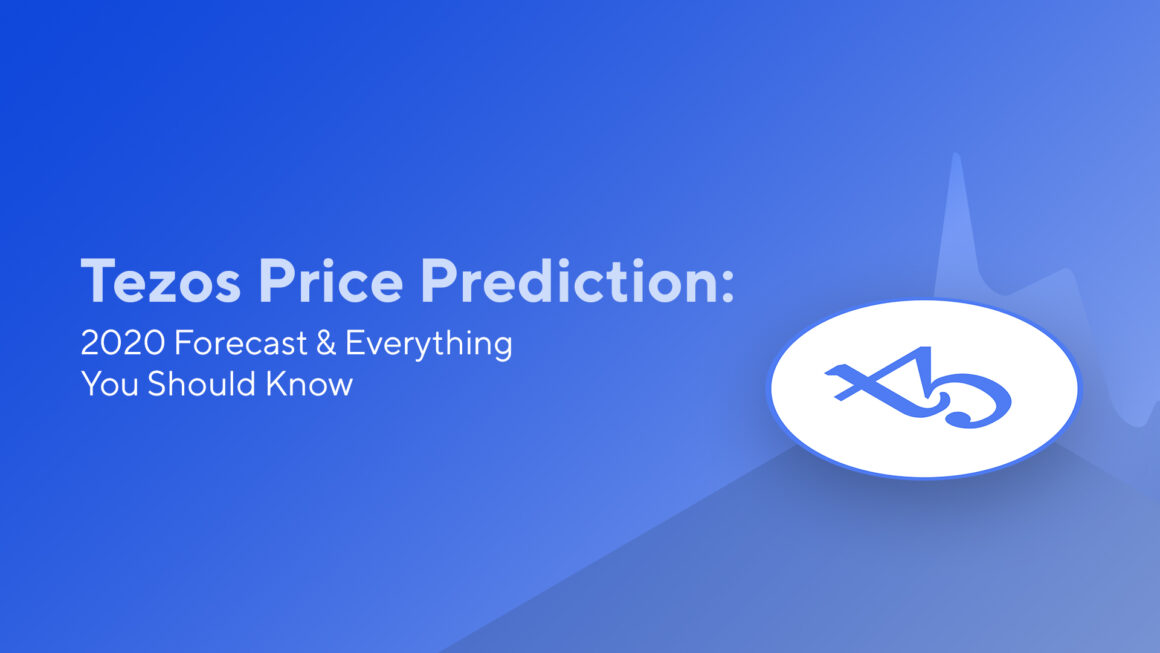The Tezos (XTZ) cryptocurrency stands out from the vast majority of cryptocurrencies due to its numerous peculiarities. The cryptocurrency created in 2018 chooses another path than many other digital currencies. For example, miners aren’t called miners, but bakers, there are no hard forks and staking can passively increase your own XTZ storage.
In the following article, we will consider the key features & peculiarities of XTZ. We will also reconsider the XTZ rate this year and based on the knowledge gained will try to make a forecast for the second half of the year. Let’s get started!
Tezos (XTZ): What Should You Know About It?
Tezos was developed by Dynamic Ledger Solutions (DLS), which fully released the cryptocurrency on June 30, 2018. Tezos is based on a special change process, which can import new adjustments into the protocol completely without hard forks.
As a result, adjustments can be made without having to split the blockchain, both in the case of planned and unplanned code adjustments. Similar to Ethereum and EOS, Tezos is a platform that enables the usage and management of smart contracts.
Tezos is also based on a Liquid Proof-of-Stake (LPOS) algorithm. That is, the so-called bakers take on the role of a miner known from other cryptocurrencies. Anyone who owns at least 8,000 XTZ coins can call himself a baker. The bigger a baker’s fortune, the greater the chances of producing a new block. At the same time, the bakers act as delegates who represent the interests of the community and can whip votes for themselves.
Tezos 2020 Forecast: XTZ Rate a Few Months Ago
As with many other cryptocurrencies, 2020 started very successfully for Tezos. While an initially small price increase was observed in January, February turned out to be very profitable for investors.
At the same time, major search engines took a great interest in XTZ. Above all, a specialty of Tezos, namely staking, attracted the interest of institutional investors. Staking is a kind of dividend that is paid to active network members. The demand for Tezos was also reflected in a strong price increase. On February 20, the price reached its previous annual maximum of $3.60.
However, this maximum only lasted for a brief time before the coronavirus crisis led to its decrease in March. In mid-March, the XTZ price was already on a whole new level. After the month — marked by slight fluctuations — passed into April, Tezos acted the same as many other cryptocurrencies and faced a sharp price increase.
The price passed the $2 mark on April 8, 2020. Since then, the price has been moving sideways at this level until the end of the first half of the year. Due to the young history of the cryptocurrency, such a high level couldn’t be maintained for such a long time.
Tezos 2020 Forecast: Future Price Prediction
For an accurate forecast of the future rate, it’s necessary to check the upcoming events for this year. That is, conclusions can be drawn accordingly for a price forecast.
Basically, nobody can predict exactly how the price of an asset will change. Nevertheless, a trend can be derived from a technical analysis and the evaluation of upcoming events. We’re starting our 2020 Tezos forecast directly in the second half of 2020. As mentioned before, the price has been moving sideways for some time. This is basically a pretty good sign, although it’s rather unusual for a cryptocurrency.
At the same time, this sideways movement also represents resistance that currently seems insurmountable. Indeed, investors should monitor this resistance as closely as possible as it could decide the future rate of the price.
A big problem for Tezos is the strong competition from the Ethereum and EOS crypto giants. They also offer investors a platform on which their own crypto projects can be created. Although Tezos takes a different path in the design of its protocol and in the choice of algorithm, it still offers users the same opportunities as EOS and Ethereum do. However, upcoming updates can cause a significant price increase.

Leave a Reply